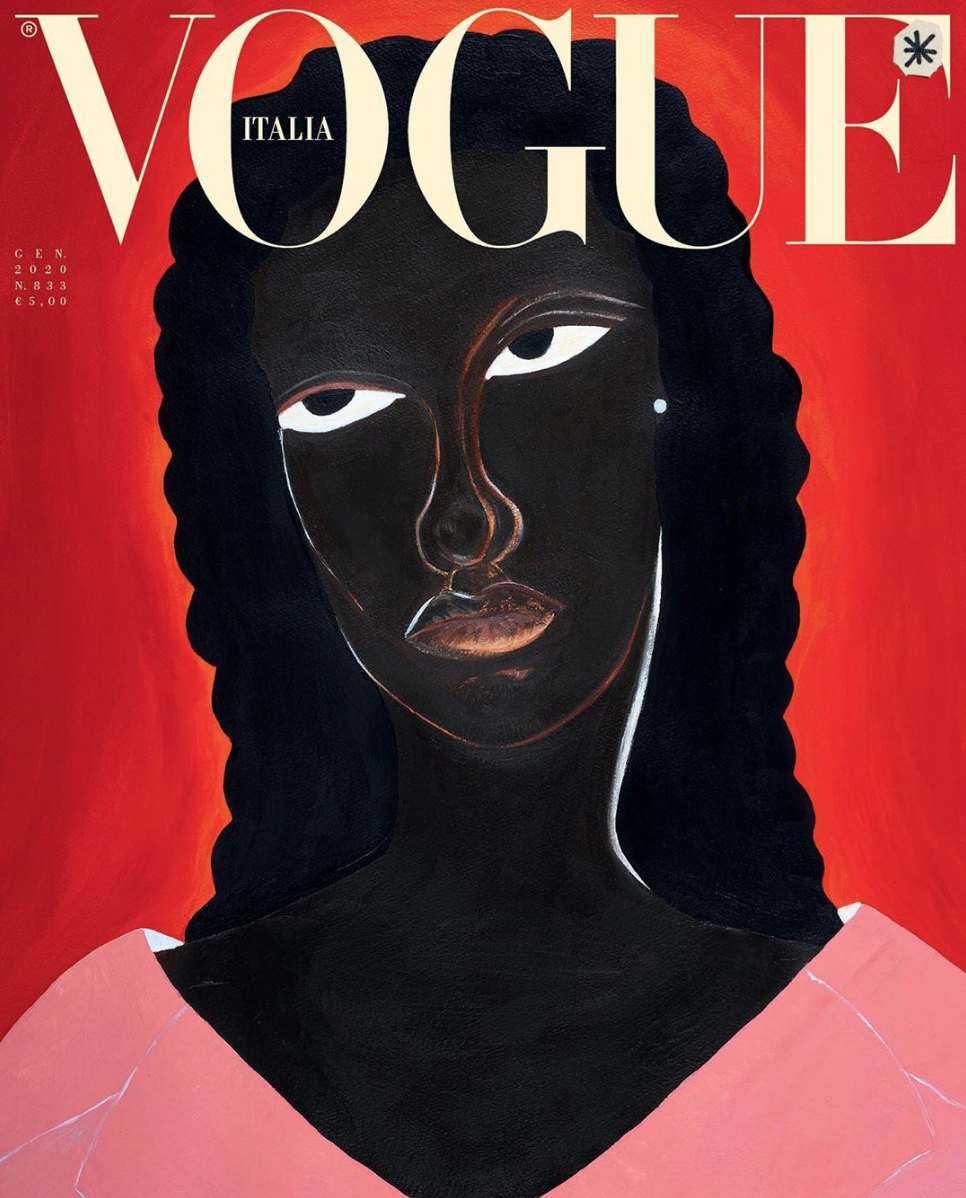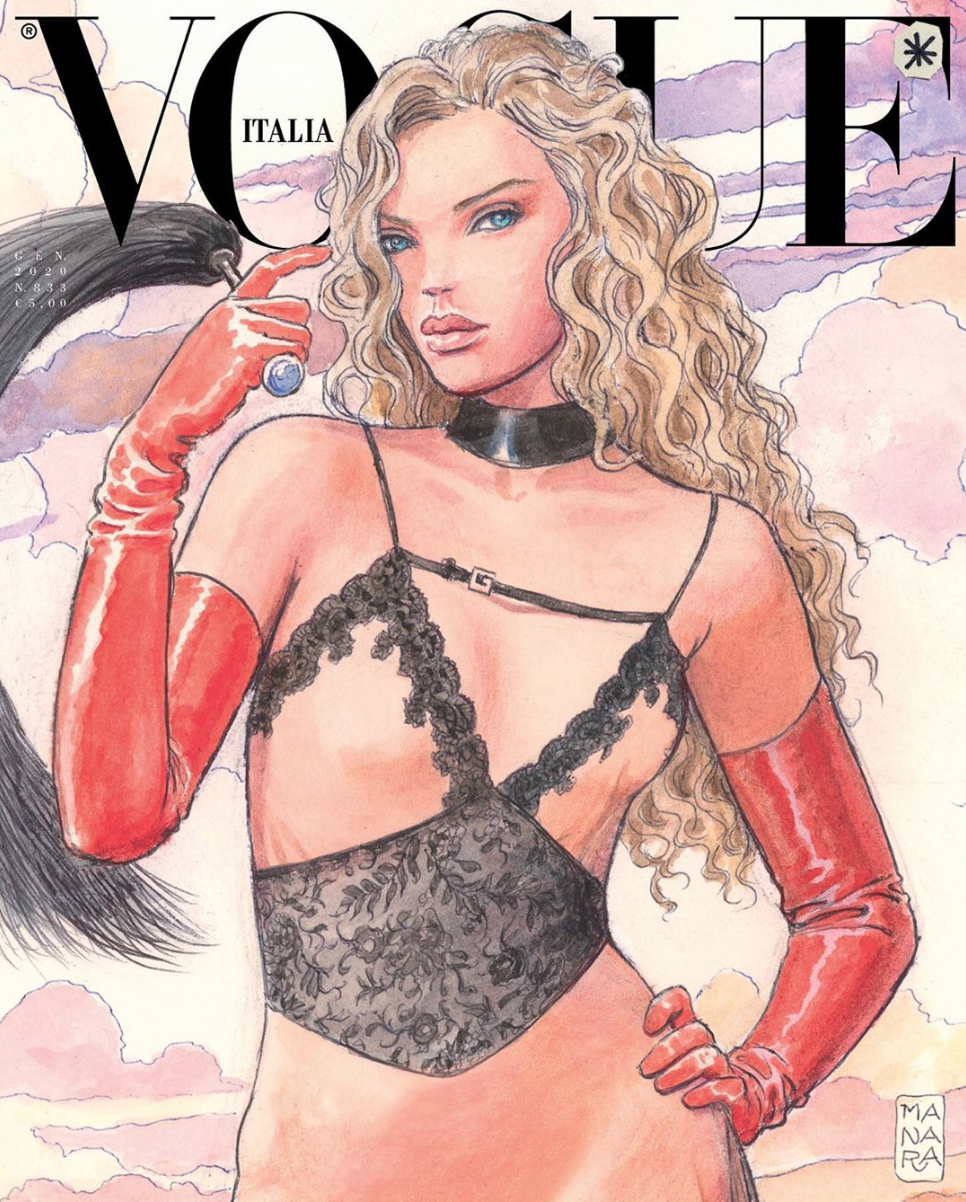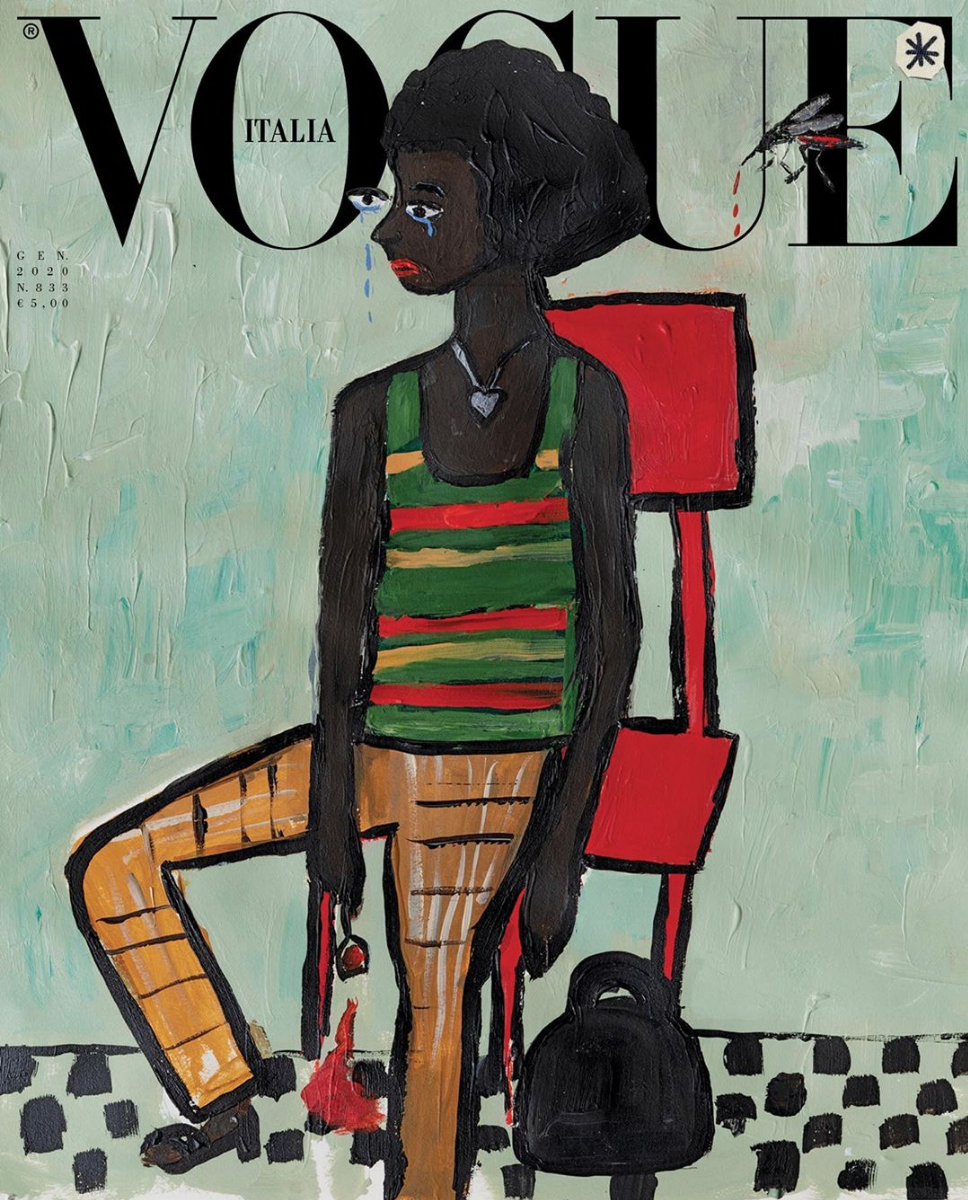Vogue Italia: Initiative and Nostalgia for Fashion's Future

Italian Vogue has done something remarkable for its January issue. Since Vogue was established in 1892, all of its covers have been illustrated. But with the introduction of photography in later years, Vogue became one of the earliest publications to use the technology for its pages in 1932. The magazine has started 2020 by taking a bold step and switching to illustrations rather than its usual grand photoshoots. According to Condé Nast, the switch is aimed at innovating the fashion industry and becoming more sustainable.
According to Emanuele Farneti, the Editor-in-Chief of Vogue Italia, a photoshoot requires: hundreds of people, cars, planes, trains, international deliveries, lights that are powered by gasoline-fueled generators, catering service that usually turns into food waste, and much more. With the switch to illustrations, these factors may be helped and avoided.
For the inaugural illustrations, seven artists illustrated their own covers: David Salle, Vanessa Beecroft, Cassi Namoda, Milo Manara, Delphine Desane, Paolo Ventura, and Yoshitaka Amano. They were asked to design their covers depicting a model wearing Gucci clothes. The challenge was to highlight and represent clothes without photographing them. The result was a large range of mediums and styles, ranging from comic book illustration to collage. Manara’s work in faded warm colors depicts a female in lingerie looking like a superhero instead of a supermodel, while Namoda’s more static vision uses vibrant colors over a simple pale-green background. Salle uses complementary tones of blues and oranges creating a stark line across the page yet making the cover cohesive, while Amano uses wispy cool blues to create a sense of mystery and elegance on the cover. Desane chooses a rich smooth red to contrast with the darker skin tone of the model, emphasizing her facial features, while Beercroft focuses on detailing the clothes with defined black lines worn by a model in a distorted position with a featureless-like face. Lastly, Ventura’s collage is possibly the closest to looking like a photo, as he uses a shiny gold texture to dress the female model whose face looks almost real.
All of the money saved from not having the photoshoots will be donated to Fondazione Querini Stampalia, a museum in Venice that is still in recovery from recent floods. Additionally, all 25 Editors-in-Chief of their respective Vogue editions signed a new agreement in December 2019 promising to commit to sustainability in the new year. Vogue Italia is taking a step in the right direction. Their illustrations are innovative, save time, effort and resources, and, above all, are creative. With a giant in the fashion industry taking this step towards a more sustainable future in fashion, the hope is that others will be inspired to follow and thus innovate in their own way.







